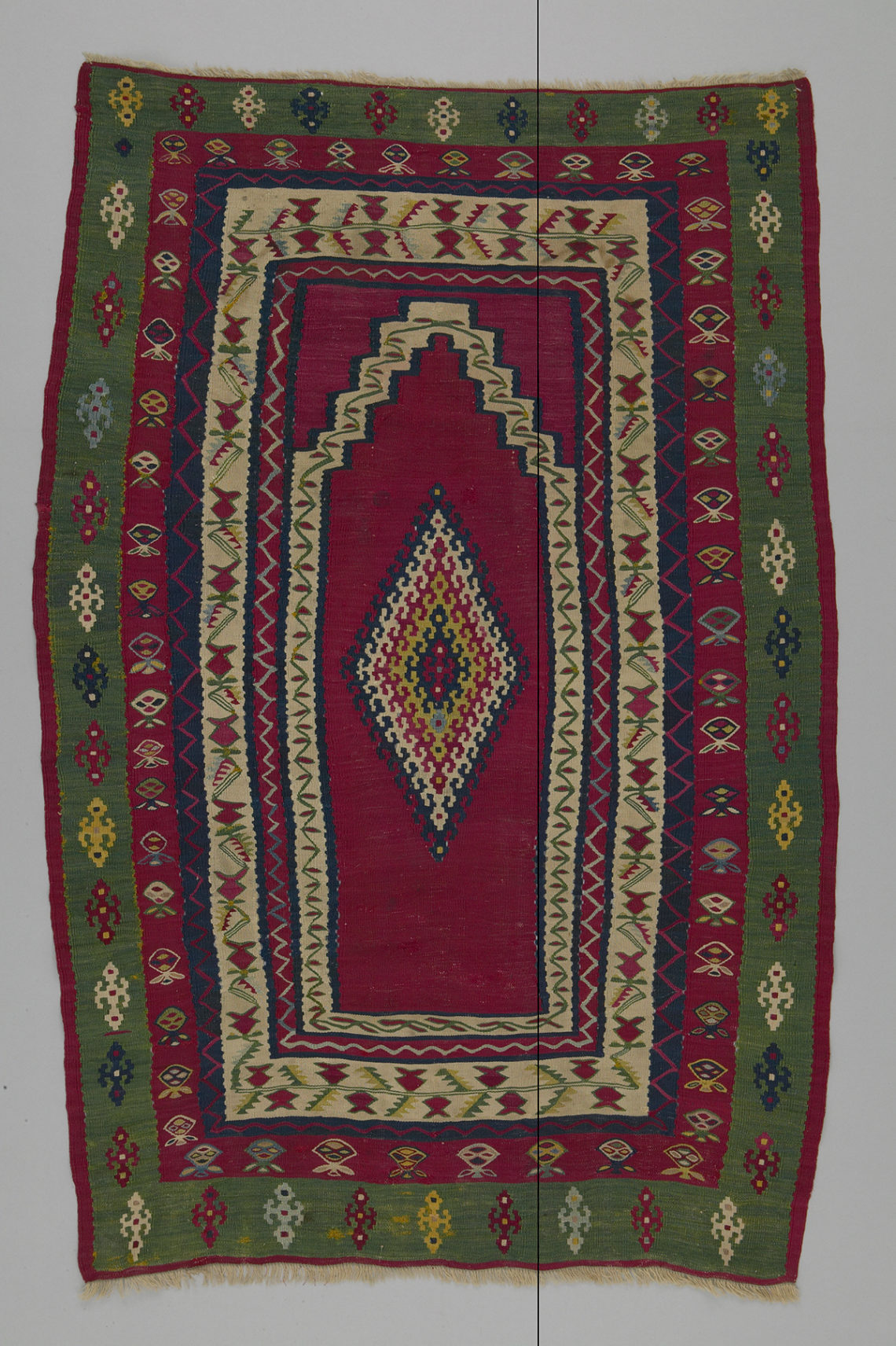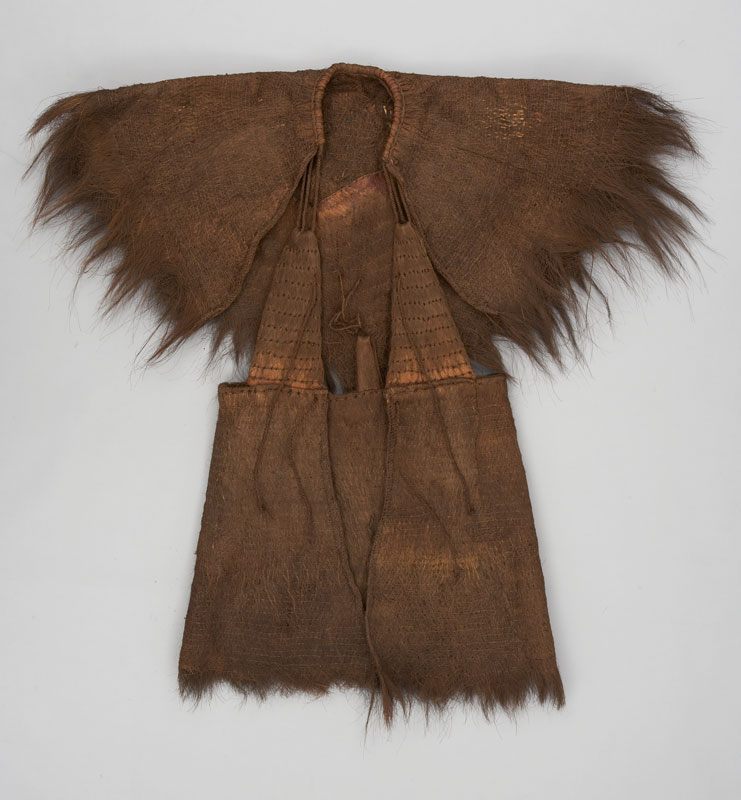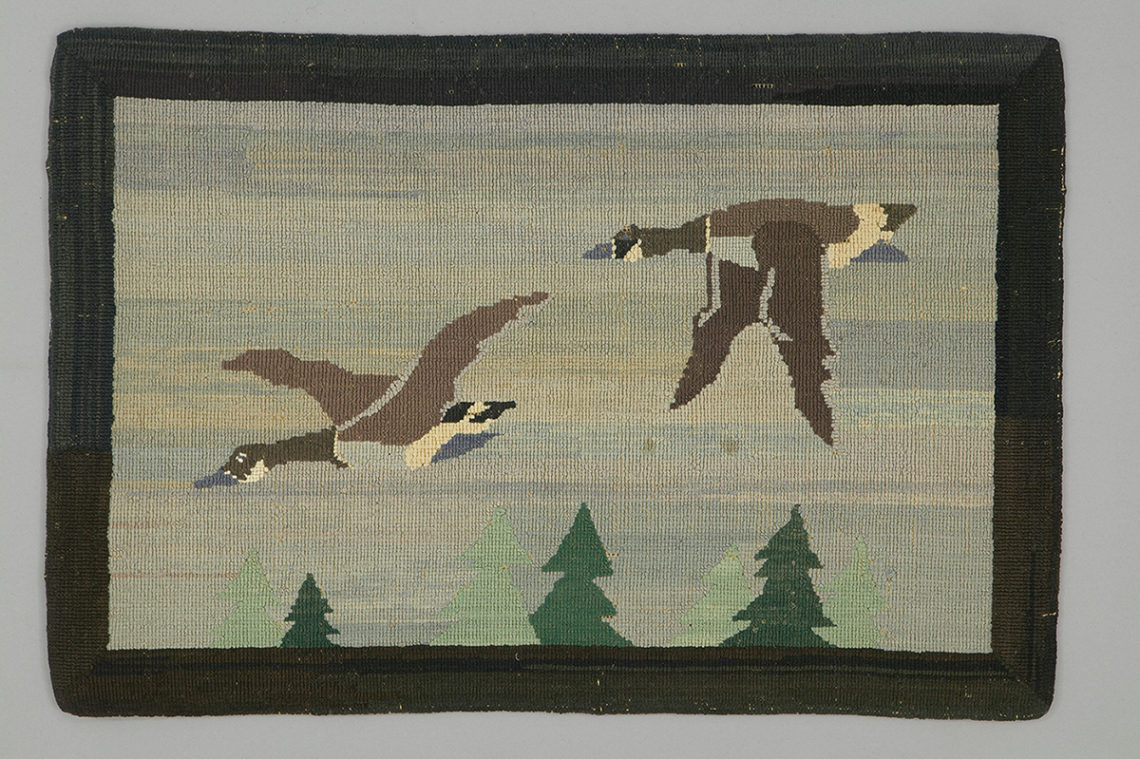Sarape, T92.0016
Our Object of the Week is a Mexican sarape – a rectangular blanket worn by men – from the 18th century.
Woven wool sarapes evolved as the European looms, wools and textile traditions of 16th century Spanish colonizers met the existing weaving and textile traditions of pre-Hispanic Mexico. In country areas during cold weather, men often wrapped themselves in a woolen sarape which was particularly suited for wearing while riding on horseback. They can also be worn draped over one shoulder and ones with neck-holes can be worn like ponchos.
This sarape is the oldest one in the TMC’s collection. It was made in Saltillo, a centre of sarape production in Mexico, and the rich red colour comes from natural cochineal dye made from carminic acid extracted from the body and eggs of cochineal bugs. The sarape features a diamond at its centre, a very typical design from this region and time period.
We’ve linked two later sarapes from our collection. This one, with a large circular motif at its centre, was made between 1865-1875 when the design of sarapes was deeply influenced by the European taste of Emperor Maximilian. Sarapes from this period were still hand woven but stray from traditional linear, geometric designs. This striped sarape is from around 1925 when aniline dyes, machine-weaving and even further diversification of design, largely influenced by the American market, changed the appearance of the sarape yet again. These three sarapes are representative of centuries of change in the production and design of Mexican sarapes.


